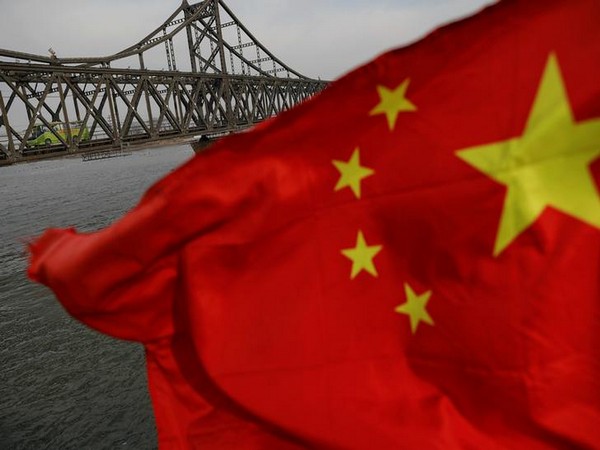China’s industrial performance in July edged down, due to the decline in demand caused by the sporadic COVID-19 outbreaks and power shortages, the National Bureau of Statistics (NBS) said on Saturday, Global Times reported.
“The decline in industrial profits is a result of multiple factors as demand was dragged down by sporadic COVID-19 outbreaks and power shortages due to heatwaves that impacted production,” NBS noted.
Profits of China’s major industrial firms fell 1.1 percent year on year to 4.89 trillion yuan (USD 712 billion) in the first seven months of 2022, data from the National Bureau of Statistics (NBS) showed.
The electricity, heat, gas, and water production and supply industry realized a total profit of 275.12 billion yuan, down 12.5 percent year-on-year in the first seven months, NBS data showed.
The manufacturing industry realized a total profit of 3,621.72 billion yuan, down 12.6 percent during the same period, NBS data showed.
A Beijing-based economist, Tian Yun, said that besides the impact of the previous epidemic, the decline in July was partly due to seasonal factors.
In July, the extremely high-temperature weather in many regions in China caused an electricity supply shortage for manufacturing.
The epidemic had a severe impact on the economy in the second quarter, but under epidemic prevention measures, the impact is waning, Tian said, adding that the real estate-related industries are indeed facing challenges.
China, which prides itself on stamping out COVID-19 after it broke out at Wuhan suffered the worst hit on its GDP due to Xi’s Zero-Covid policy. The country’s economy fell short of expectations with industrial production, retail sales, fixed-asset investment, and the surveyed jobless rate falling to their weakest levels in more than two years.
China’s economy narrowly escaped contraction in the three months to June, as strict COVID control restrictions and a distressed property sector pummelled demand.
Chinese authorities have been extremely strict about their ‘zero-COVID’ policy approach even though it is causing a huge financial disruption to the lives of common citizens as they must face repetitive tests and quarantines.
The preventive measures taken by the state have affected the livelihoods of citizens in the form of delayed salary payments and shortage in the supplies of everyday merchandise.
The common citizen believes that this approach taken by the government is very paradoxical considering the situation on the ground.
Since the beginning of 2022, in the major political hotspots throughout China which include Shanghai, Shandong, Beijing, Hong Kong, and Anhui there have been 430 civilian demonstrations to date which were followed by 120 authoritarian responses by the state.
Amid this, China’s worst heat wave in six decades is deepening the economic challenges of the country.
The Chinese officials have warned that the country may miss its 5.5 per cent growth target for the year. China’s economic growth slows to 0.4 percent, The Washington Post reported.
Extreme weather – record-breaking heatwaves, severe drought, and deadly rainfall – have battered China since June. The impact has been felt far and wide, from the mega city of Chongqing and the eastern provinces along the Yangtze River to the financial hub of Shanghai.
Sichuan, a province that is home to 80 million people in southwestern China, is experiencing havoc caused by the record heat wave and accompanying drought.
The power outage has dimmed skyscrapers, shut factories, darkened subways, and plunged homes and offices into rolling blackouts, forcing air conditioning to be unplugged — and killed thousands of poultry and fish at farms hit by electricity cuts.
The rise in temperature has increased the electricity consumption in the country, but hydropower stations failed to produce the required amount of electricity, resulting long power outages in many cities which have come as a shock to residents and farmers.
According to a Wall Street Journal report, China has received 40 per cent less rain this time. This is the lowest since 1961. The heat is rising continuously from above, with many cities of China experiencing temperatures upto 49 degree Celsius.
The meteorological administration said that the high temperatures have basically been alleviated in the regions of south China, Jiangxi and Anhui.”
The national meteorological service renewed its warnings for drought and high temperatures on Tuesday, calling for 11 provincial governments to “activate” emergency responses.

